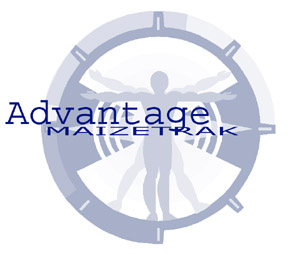Engineering 100: Introduction to Engineering
Completed: A
Focused team projects dealing with technical, economic, safety, environmental, and social aspects of a real-world engineering problem. Written, oral, and visual communication required within the engineering profession; reporting on the team engineering projects. The role of the engineer in society; engineering ethics. Organization and skills for effective teams.
Tag Line: "Sound has recently become an important part of the internet and the WWW. Information has been transmitted for long distances electrically for over 150 years. Section 300 will cover the sequence of events and inventions that made this possible, through the telegraph, radio, television and now, the internet. It is surprising how little some things have changed and how much other things have changed over the years. The course will cover early methods for coding information and sound at various times during the development of these techniques. Some basic aspects of sound and communication and signal processing techniques used to capture and transmit the sounds will be covered. Students will apply this knowledge in two projects during the term..."
Fall 2000 (Sec 300), Professor William Williams & Professor Rob Johnson, Discussion Instructor Erik Hildinger.
This class was mainly a technical communications class, however, the theme was "Sound and the Internet." The semester long project was to to develop a product and market it to our professors and class with research, reports and presentations. In addition to the technical communications aspect, technical subjects of digital audio, sampling and system integration were covered. The project group I was on called Maizetrak developed a personal audio device based around a Handspring Visor (R), Hard drive and Digital Signal Processor with record, archival, playback and wireless network transfer capabilities. The project won the Fall 2000 Landes Class Prize for best overall design and presentation.

Maizetrak group presents:
The Advantage:
Portable Audio Device
Maizetrak is a project group formed to create a project involving digital sound sampling and the internet. The project was a semester long research directive for ENGR 100 Section 300 class under the direction of Professor William J. Williams and Professor Rod Johnson at the University of Michigan. Work was completed in December, 2000. The team members involved:
- James Glettler
- Tony Vittorini
- Paul Johnson
- Chris Vermillion
The project was assigned in addition to the coursework of ENGR 100 and it involved research, written reports and oral presentations. After careful consideration, Team Maizetrak determined a personal audio device would satisfy the requirements of the project best, while providing a challenge with real world applications. After some research, a local survey of our targeted audience and initial design work, We presented a written proposal and oral presentation to the professors. Once approved, We focused our research and designed The Advantage and offered a final report and presentation to the instructors.
The Advantage
The Maizetrak Advantage is a personal audio device. It creates a homogeneous platform to record, store, transfer and manage personal music and sound files (such as lectures) on platform by using a Handspring Visor as a control interface for a powerful audio system consisting of a laptop hard drive, a digital signal processor and an IEEE 802.11b wireless networking module. This system creates a new type of personal audio device that completely changes the scope of the current consumer market. The Advantage is aimed both at the 18-30 year old demographic and at professional audio engineers. For a much better description of The Advantage, please see the Final Report available below in Adobe Acrobat (PDF) format, along with the original proposal. The final grade for this project was an A.
Documents
Please view the Final Report for a very detailed and accurate presentation on The Advantage. The final report also includes references, appendices, and a short exposition on the members of Maizetrak.
- Final Report to instructors. (PDF - 424KB)
- Written Proposal to research and design a Personal Audio Device for Engr 100 (PDF - 366KB)
Notice:
Information provided on this page is a result of undergraduate studies at the University of Michigan. Material may be copyrighted by the University of Michigan, James Glettler, and/or the various co-authors noted in group projects. Finished assignments are offered only for reference.